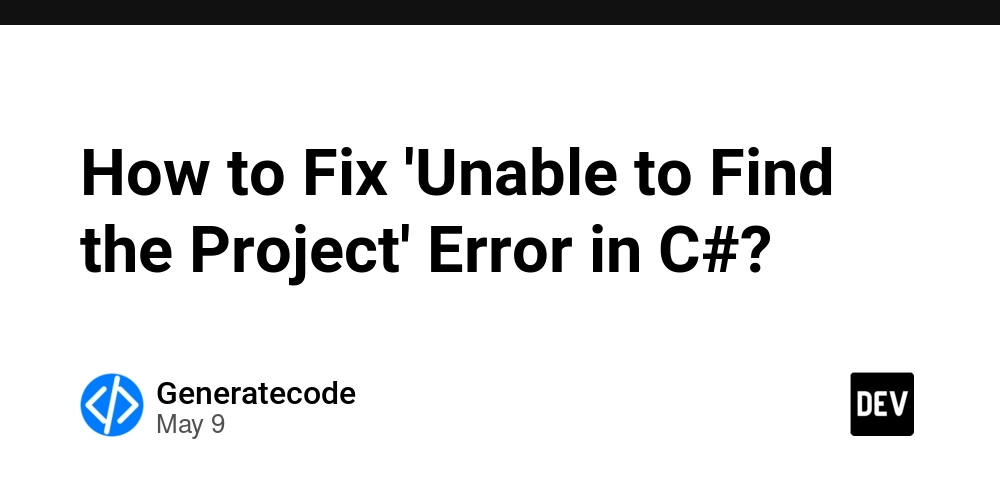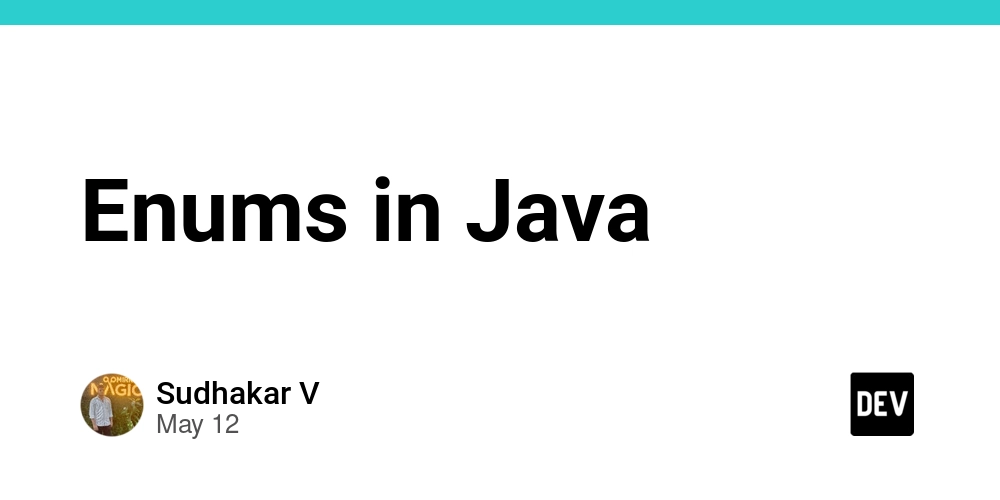Unveiling Sun Public License 1.0: A Holistic Look into Fair Code Licensing and Developer Sustainability
Abstract: This post provides an in‐depth exploration of the Sun Public License 1.0. We delve into its background, features, applications, challenges, and future trends. We compare it to other popular open source licenses and fair code models while examining its role in modern software development and blockchain ecosystems. With a technical yet accessible tone, this article combines detailed tables, bullet lists, and authoritative references (such as OSI Licenses and insights from GitHub License Usage) to ensure clarity for human readers and search engines alike. For a complete original analysis, check out the Sun Public License 1.0 Summary. Introduction The Sun Public License 1.0 has emerged as a key licensing model in today’s open source and fair code communities. It was designed to balance the freedoms of collaborative code development with the modern need for fair compensation and protection of developer rights. As open source projects grow in scale and complexity—especially with evolving blockchain applications—the intersection of traditional and innovative licensing models becomes critical. This post takes a holistic look at Sun Public License 1.0, examining its origins, core features, practical applications, challenges, and potential future innovations. Background and Context History and Origins Sun Public License 1.0 was conceived during a period of significant transformation in code sharing and collaborative development. The license was influenced by earlier frameworks like the MIT License and the Apache License 2.0, yet it set new ground by emphasizing fairness for developers. Its creation coincided with growing concerns over corporate exploitation of open source projects without adequate recognition or compensation for original contributors. The ethos behind the license—balancing openness with legal safeguards—is thoroughly discussed in the original article. This initiative echoed broader community trends where thinkers and practitioners demanded that open source frameworks evolve to protect intellectual property and ensure sustainable development practices. Ecosystem and Definitions In the world of open source, several license models have been the focus of debate and adaptation. Definitions include: Permissive Licenses: Like the MIT License, which allows nearly unrestricted reuse. Copyleft Licenses: Such as the GNU GPL v3, which require derivative works to inherit similar freedoms. Fair Code Licenses: These aim to secure developer compensation and prevent exploitation while fostering innovation. Sun Public License 1.0 sits uniquely between traditional open source licenses and fair code models. It has ignited discussions among developers and legal experts on platforms like Stack Overflow and Hacker News. Core Concepts and Features Key Attributes of Sun Public License 1.0 Sun Public License 1.0 boasts several notable features: Developer Protection: The license explicitly aims to safeguard against the unauthorized commercial exploitation of community contributions. Transparency: With a focus on clear contractual language, it promotes accountability and legal clarity. Balanced Flexibility: It encourages community-driven collaboration while attempting to retire risks of over-commercialization without fair compensation. Below is a comparative table that highlights core aspects of Sun Public License 1.0 alongside other leading licenses: Attribute Sun Public License 1.0 MIT License Apache License 2.0 Developer Protection Designed with fairness in mind to prevent unpaid exploitation and corporate fork issues. Relies on simplicity and voluntary donations; minimal restrictions on commercial use. Offers robust legal protections with explicit attribution but less focus on direct developer compensation. Transparency Emphasizes clear legal language; some ambiguous clauses exist and require community discourse. Extremely transparent and universally recognized in the open source community. Well-documented and business-friendly, with extensive commentary on implementation. Flexibility Moderately flexible; careful adjustments are required when mixing with other licenses or considering dual licensing structures. Exceptionally flexible; can be easily integrated into numerous projects with few legal burdens. Very flexible; business friendly and suitable for both open source and commercial ventures. Sustainability Focuses on sustainable contributions by emphasizing fair treatment and legal safeguards for individual contributors. Sustainability is community-driven; absence of compulsory developer mechanisms. Supports sustainable project maintenance with minimal licensing friction. Principles and Overlaps with Other Licensing Models Sun Public License 1.0 overlaps with various licensing concepts: Fair Code Licensing: Much like the Open Compensation Token License (OCTL), it seeks to prevent e
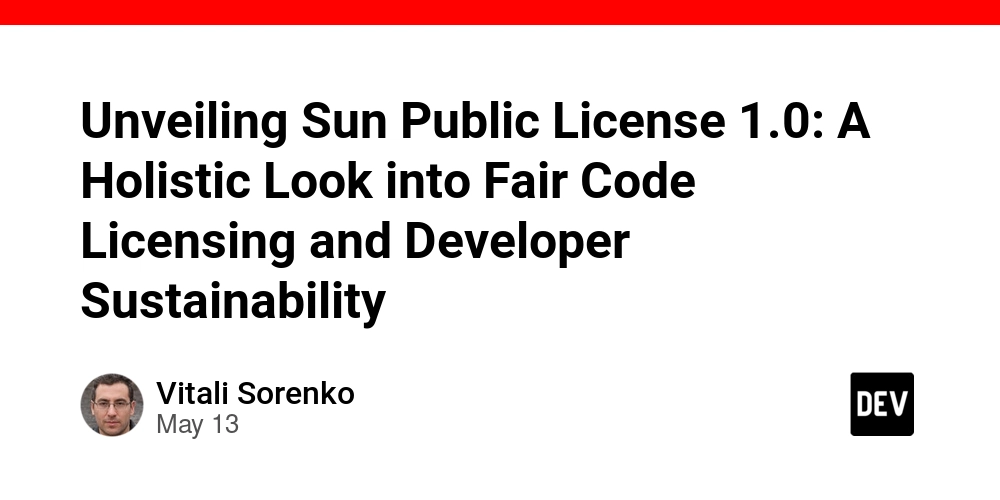
Abstract:
This post provides an in‐depth exploration of the Sun Public License 1.0. We delve into its background, features, applications, challenges, and future trends. We compare it to other popular open source licenses and fair code models while examining its role in modern software development and blockchain ecosystems. With a technical yet accessible tone, this article combines detailed tables, bullet lists, and authoritative references (such as OSI Licenses and insights from GitHub License Usage) to ensure clarity for human readers and search engines alike. For a complete original analysis, check out the Sun Public License 1.0 Summary.
Introduction
The Sun Public License 1.0 has emerged as a key licensing model in today’s open source and fair code communities. It was designed to balance the freedoms of collaborative code development with the modern need for fair compensation and protection of developer rights. As open source projects grow in scale and complexity—especially with evolving blockchain applications—the intersection of traditional and innovative licensing models becomes critical. This post takes a holistic look at Sun Public License 1.0, examining its origins, core features, practical applications, challenges, and potential future innovations.
Background and Context
History and Origins
Sun Public License 1.0 was conceived during a period of significant transformation in code sharing and collaborative development. The license was influenced by earlier frameworks like the MIT License and the Apache License 2.0, yet it set new ground by emphasizing fairness for developers. Its creation coincided with growing concerns over corporate exploitation of open source projects without adequate recognition or compensation for original contributors.
The ethos behind the license—balancing openness with legal safeguards—is thoroughly discussed in the original article. This initiative echoed broader community trends where thinkers and practitioners demanded that open source frameworks evolve to protect intellectual property and ensure sustainable development practices.
Ecosystem and Definitions
In the world of open source, several license models have been the focus of debate and adaptation. Definitions include:
- Permissive Licenses: Like the MIT License, which allows nearly unrestricted reuse.
- Copyleft Licenses: Such as the GNU GPL v3, which require derivative works to inherit similar freedoms.
- Fair Code Licenses: These aim to secure developer compensation and prevent exploitation while fostering innovation.
Sun Public License 1.0 sits uniquely between traditional open source licenses and fair code models. It has ignited discussions among developers and legal experts on platforms like Stack Overflow and Hacker News.
Core Concepts and Features
Key Attributes of Sun Public License 1.0
Sun Public License 1.0 boasts several notable features:
- Developer Protection: The license explicitly aims to safeguard against the unauthorized commercial exploitation of community contributions.
- Transparency: With a focus on clear contractual language, it promotes accountability and legal clarity.
- Balanced Flexibility: It encourages community-driven collaboration while attempting to retire risks of over-commercialization without fair compensation.
Below is a comparative table that highlights core aspects of Sun Public License 1.0 alongside other leading licenses:
| Attribute | Sun Public License 1.0 | MIT License | Apache License 2.0 |
|---|---|---|---|
| Developer Protection | Designed with fairness in mind to prevent unpaid exploitation and corporate fork issues. | Relies on simplicity and voluntary donations; minimal restrictions on commercial use. | Offers robust legal protections with explicit attribution but less focus on direct developer compensation. |
| Transparency | Emphasizes clear legal language; some ambiguous clauses exist and require community discourse. | Extremely transparent and universally recognized in the open source community. | Well-documented and business-friendly, with extensive commentary on implementation. |
| Flexibility | Moderately flexible; careful adjustments are required when mixing with other licenses or considering dual licensing structures. | Exceptionally flexible; can be easily integrated into numerous projects with few legal burdens. | Very flexible; business friendly and suitable for both open source and commercial ventures. |
| Sustainability | Focuses on sustainable contributions by emphasizing fair treatment and legal safeguards for individual contributors. | Sustainability is community-driven; absence of compulsory developer mechanisms. | Supports sustainable project maintenance with minimal licensing friction. |
Principles and Overlaps with Other Licensing Models
Sun Public License 1.0 overlaps with various licensing concepts:
- Fair Code Licensing: Much like the Open Compensation Token License (OCTL), it seeks to prevent exploitation and ensure developer rewards.
- Community Governance: Similar to discussions on platforms like GitHub License Usage, the license fosters an environment where legal frameworks benefit the community.
- Dual Licensing Challenges: While originally a single-license model, contemporary adaptations and debates have addressed dual licensing requirements that balance community rights with commercial viability.
Developers and legal experts emphasize that nuanced debates continue—even on Hacker News—about whether the existing structure meets evolving needs in blockchain integrations and cross-ecosystem code sharing.
Applications and Use Cases
Practical Examples
Traditional Server Software:
Projects similar to the Apache HTTP Server have explored Sun Public License 1.0 as a means to secure long-term sustainability without sacrificing the community ethos. These projects benefit from increased contributor recognition and legal clarity in managing derivative works.Blockchain-related Ventures:
With blockchain integration increasingly relevant, some projects have considered the license in environments where smart contract security and fair developer compensation are critical. These initiatives highlight the license’s potential for adapting established models to new technological frontiers integrating concepts similar to those outlined in the Open Compensation Token License (OCTL).Dual Licensing Models:
Several startups have experimented with a dual licensing approach—offering a community edition under Sun Public License 1.0 alongside a commercial version with relaxed restrictions. This model aims to balance open source innovation with revenue generation streams, echoing insights from Dev.to posts on open source funding.
A Bullet List of Key Use Case Benefits
- Enhanced Contributor Recognition: Protects original works from being forked commercially without due credit.
- Legal Clarity: Provides a defined framework, reducing disputes in multi-license environments.
- Community Sustainability: Encourages both grassroots involvement and commercial partnerships while safeguarding developer rights.
- Flexibility for Dual Licensing: Although complex, it offers potential pathways to combine open source and proprietary models effectively.
Challenges and Limitations
While Sun Public License 1.0 boasts a balanced framework, several challenges need addressing:
- License Ambiguity: Some clauses in the license text have spurred debate, especially regarding compatibility with more permissive licenses. This ambiguity may lead to misinterpretations in mixed-license projects.
- Dual Licensing Complexities: While potential exists for dual licensing, the legal reconciliation between copyleft provisions and commercial interests remains a complex challenge.
- Adoption Barriers: In dynamic environments such as blockchain platforms, the license may not always adapt rapidly enough to emerging technological paradigms. Discussions on Stack Overflow often highlight these compatibility issues.
- Exploitation Risks: Despite the aim for fairness, large corporate users may sometimes bypass intended safeguards, leading to instances where original contributors are not adequately compensated.
The following bullet list summarizes primary challenges:
- Legal Complexity: Difficulty reconciling with other licenses.
- Inadequate Modern Updates: Insufficient adjustments for new tech like blockchain.
- Enforcement Ambiguity: Vague terms may lead to disputes and misinterpretation.
- Adoption Hesitation: Some communities prefer more permissive licensing models that facilitate easier integration.
Future Outlook and Innovations
Trends in Licensing and Blockchain Integration
The evolution of open source and fair code licensing is on an upward trajectory. New trends include:
- Blockchain-based Compensation: As exemplified by emerging models like the Open Compensation Token License (OCTL), incorporating decentralized verification can ensure transparent developer rewards.
- Enhanced Dual Licensing Models: Future innovations may create hybrid licenses that protect communal rights while allowing commercial flexibility.
- AI and Automation in License Compliance: With increasing software complexity, automatic license verification and compliance tools can reduce ambiguities while streamlining enforcement—a topic covered in depth in Dev.to articles.
Predictions for Developer Sustainability
As the digital ecosystem evolves, the push toward fair compensation, transparency, and legal clarity will likely increase. Upcoming innovations may include:
- Dynamic License Updates: Regular revisions to accommodate emerging tech challenges, particularly in blockchain and AI.
- Decentralized Governance: Increased integration of community-driven governance models will likely define the future of open source funding and sustainability.
- Enhanced Contributor Verification: Innovative approaches, potentially leveraging blockchain, could reduce risks associated with anonymous contributions and ambiguous Contributor License Agreements (CLAs).
Integrative Discussions with Other Projects
Developers and project maintainers are actively exploring the integration of licensing models with other innovative projects. For example, open source funding models discussed in Dev.to posts on funding open source software are fueling breakthroughs in sustainability and legal clarity.
Summary
In summary, Sun Public License 1.0 serves as a powerful framework for protecting developer rights while promoting open source collaboration. Its core features—legal clarity, fairness, and community sustainability—set it apart from more permissive models like the MIT License and Apache License 2.0. However, challenges such as ambiguity, dual licensing complexities, and adaptation to modern technology must be addressed for it to remain competitive.
This post has examined:
- The background and historical context behind Sun Public License 1.0.
- Its core features and how it functions alongside other licensing models.
- Applications and practical use cases in server software and blockchain ventures.
- Challenges and limitations, including legal ambiguities and enforcement issues.
- The future outlook, with predictions for dynamic updates and blockchain integration to further enhance developer sustainability.
Additional Resources and Further Reading
For those interested in exploring more about licensing models and developer sustainability:
- Learn more about licensing frameworks on OSI Licenses.
- Check out detailed insights on open source licensing at GitHub License Usage.
- Read community discussions on Hacker News and Stack Overflow.
- For innovative funding strategies and open source integration, see:
For a complete view of the original analysis, visit the Sun Public License 1.0 Summary.
Conclusion
Sun Public License 1.0 stands at the crossroads of traditional open source philosophy and the innovative demands of modern technology ecosystems. Its conception was driven by the need to protect contributors and promote equitable collaboration. As future innovations promise more dynamic updates, decentralized governance, and blockchain integration, the license is poised to evolve and further safeguard the rights of developers.
Whether you are a developer navigating open source licensing challenges or a project stakeholder seeking robust legal frameworks, understanding and leveraging Sun Public License 1.0 is vital in today’s fast-evolving digital landscape. Embrace innovation, remain informed, and consider how evolving fair code principles can lead to a more sustainable future for all.
Happy coding and may your open source projects flourish with fairness and robust community support!
By combining rigorous analysis with practical examples, this post aims to be a comprehensive guide—both for human readers and search engines—ensuring clarity, accessibility, and technical depth in understanding Sun Public License 1.0 and its broader impact on the open source ecosystem.




























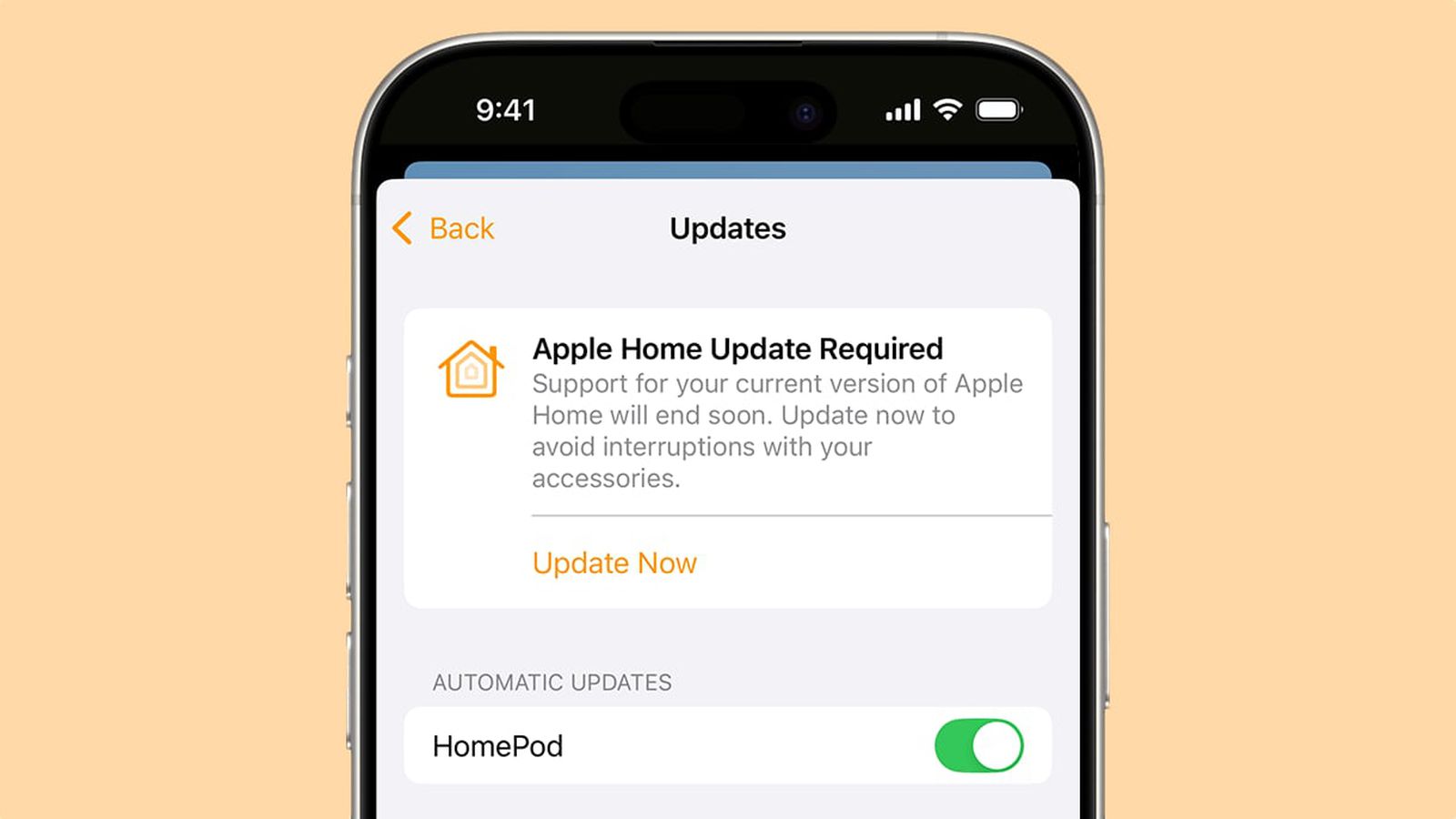
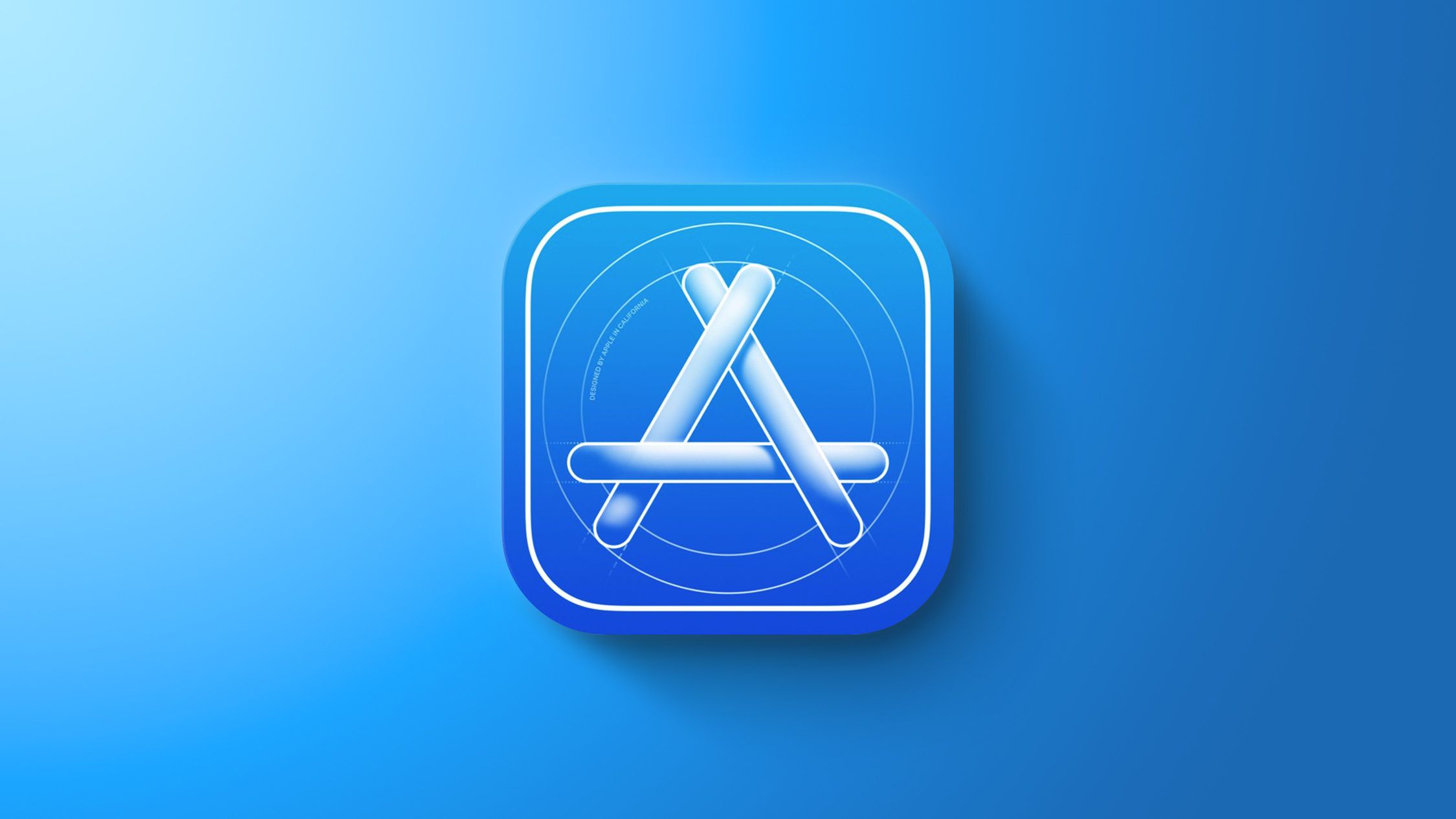

























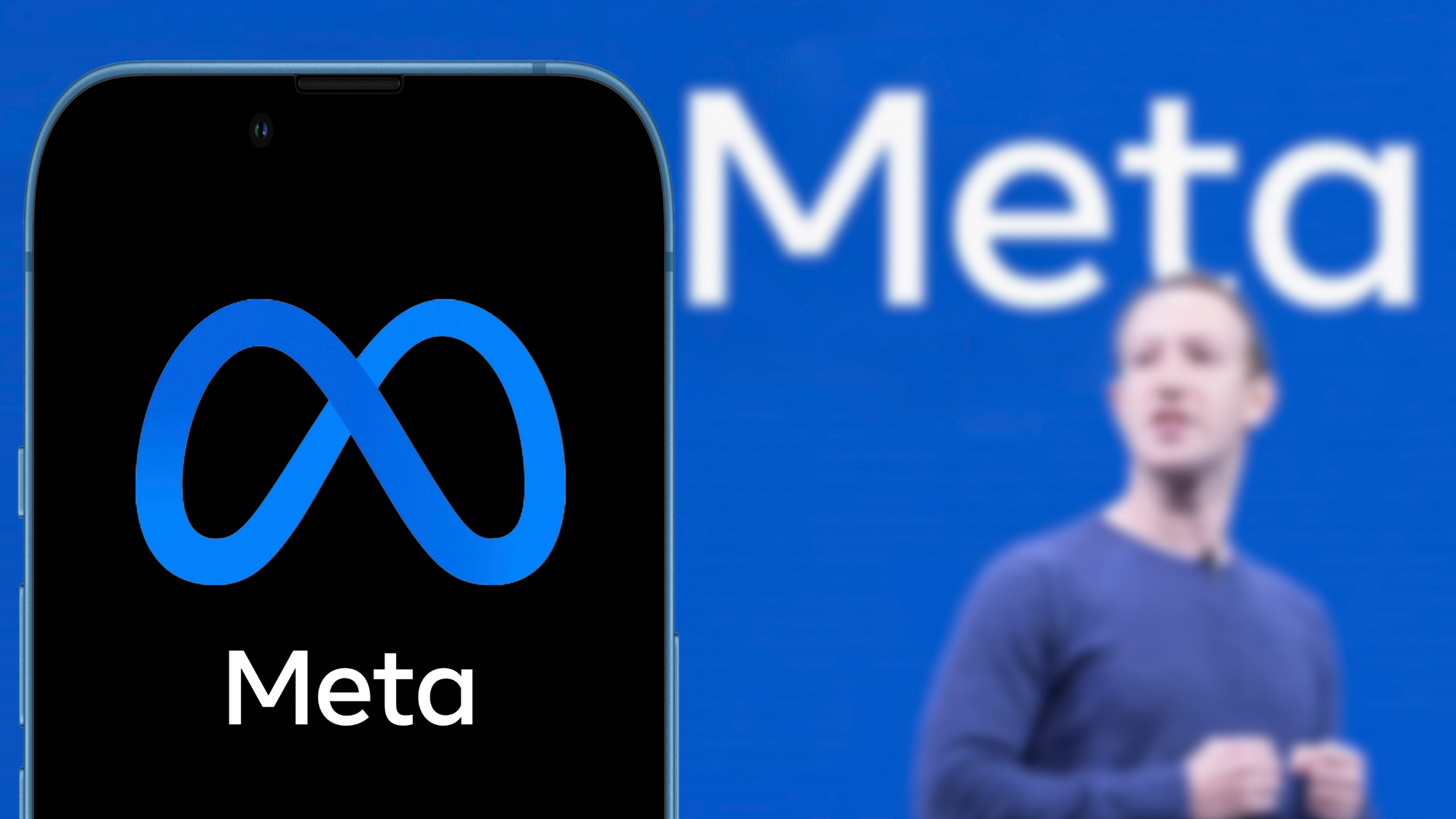


















![Samsung's New Galaxy S25 Edge Takes Aim at 'iPhone 17 Air' [Video]](https://www.iclarified.com/images/news/97276/97276/97276-640.jpg)
![Apple to Launch AI-Powered Battery Saver Mode in iOS 19 [Report]](https://www.iclarified.com/images/news/97309/97309/97309-640.jpg)
![Apple Officially Releases macOS Sequoia 15.5 [Download]](https://www.iclarified.com/images/news/97308/97308/97308-640.jpg)
















![Walmart’s $30 Google TV streamer is now in stores and it supports USB-C hubs [Video]](https://i0.wp.com/9to5google.com/wp-content/uploads/sites/4/2025/05/onn-4k-plus-store-reddit.jpg?resize=1200%2C628&quality=82&strip=all&ssl=1)









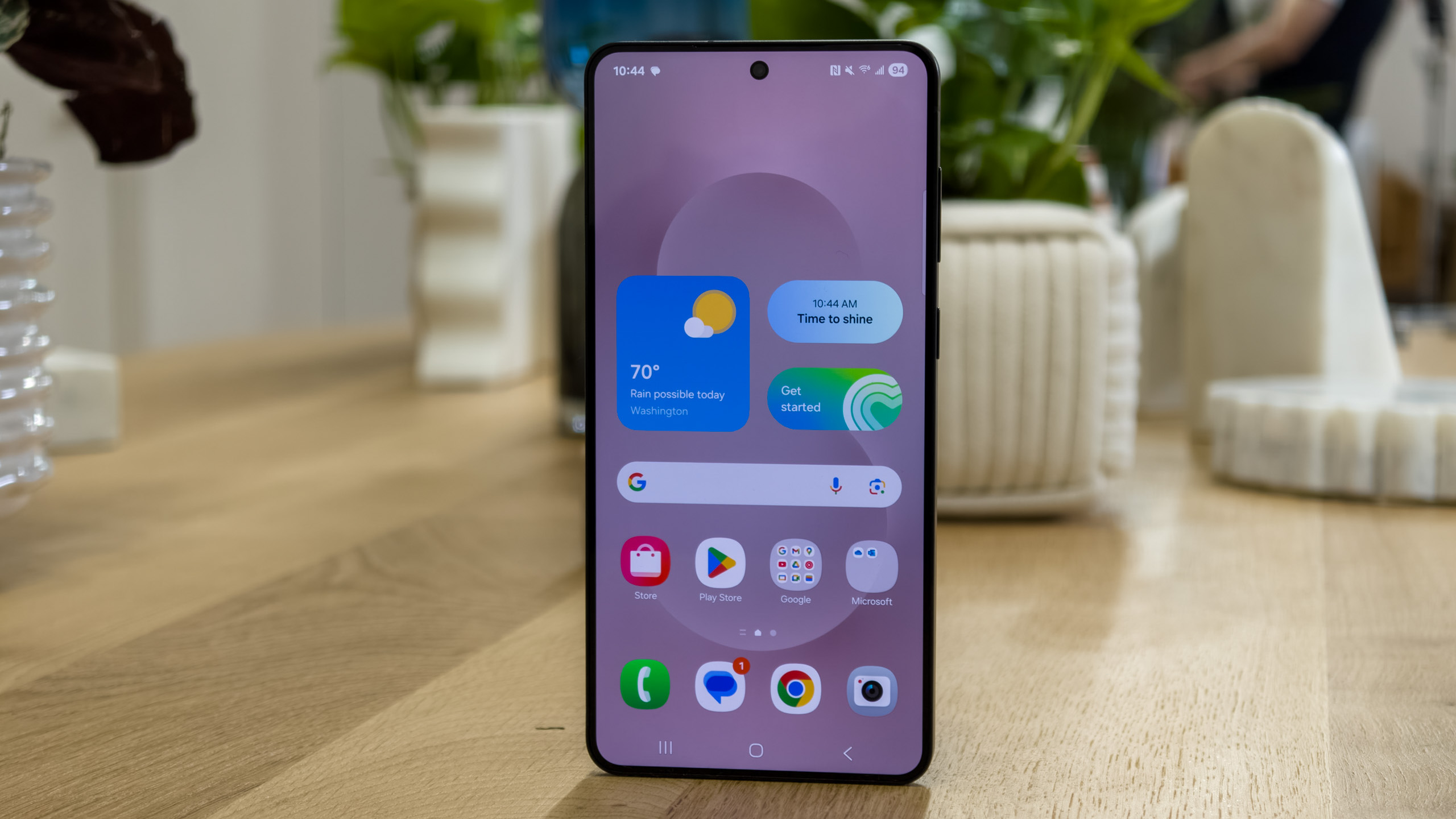





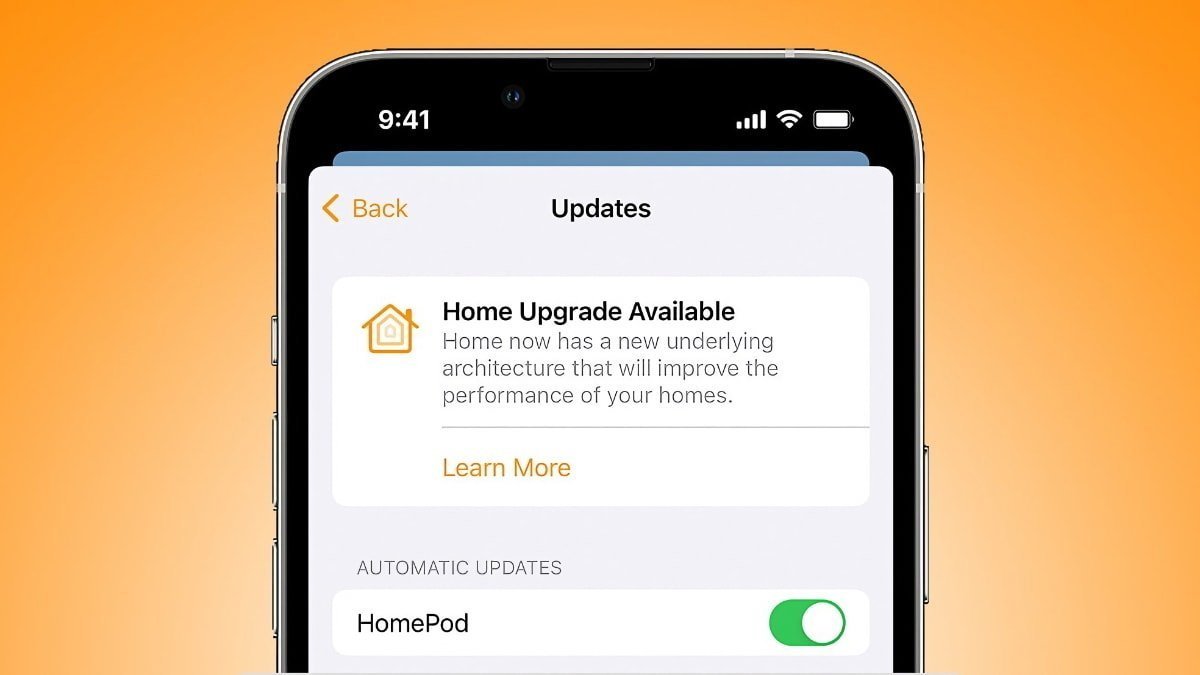





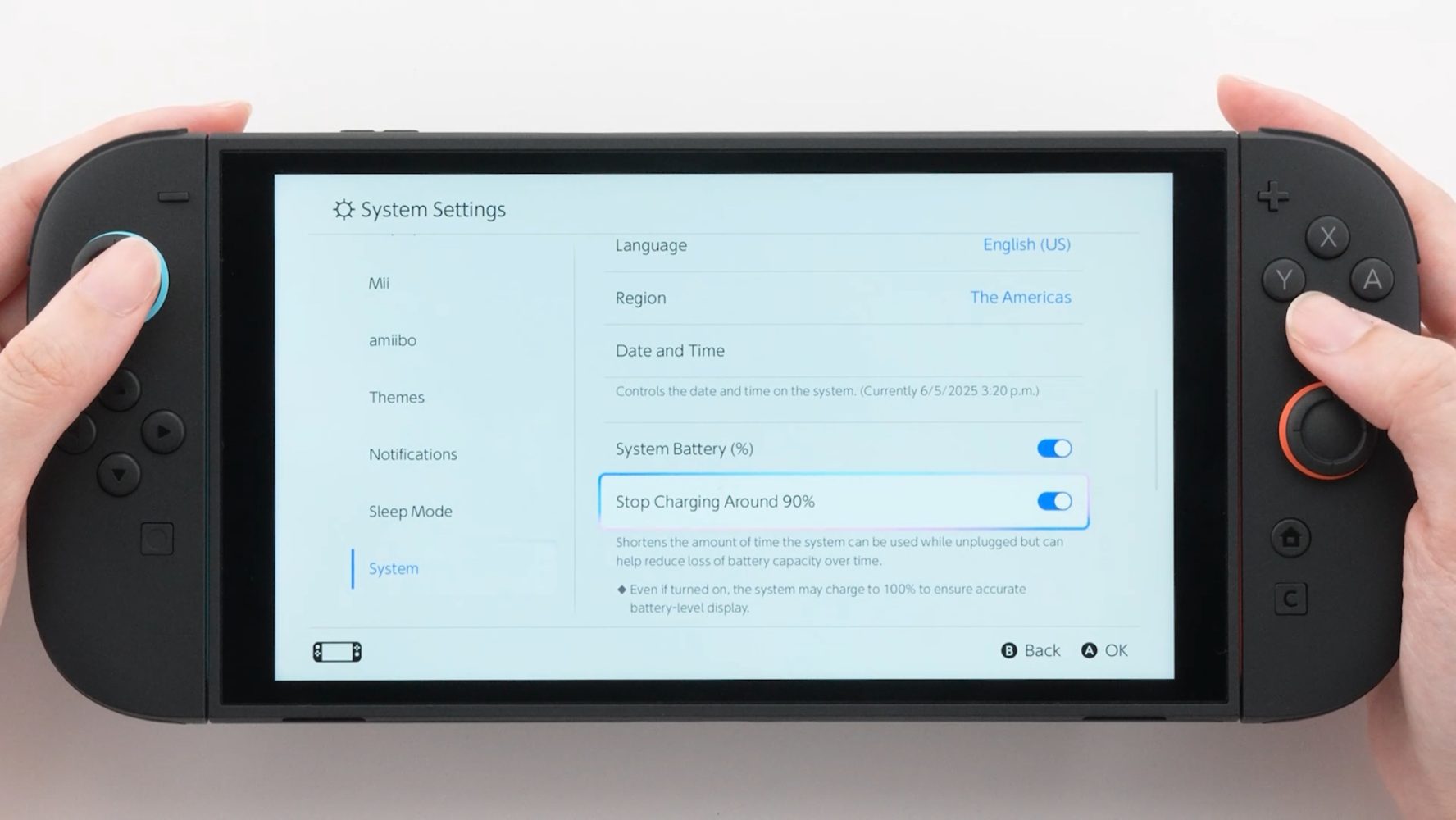






































































_Piotr_Adamowicz_Alamy.jpg?width=1280&auto=webp&quality=80&disable=upscale#)





































































































































































































































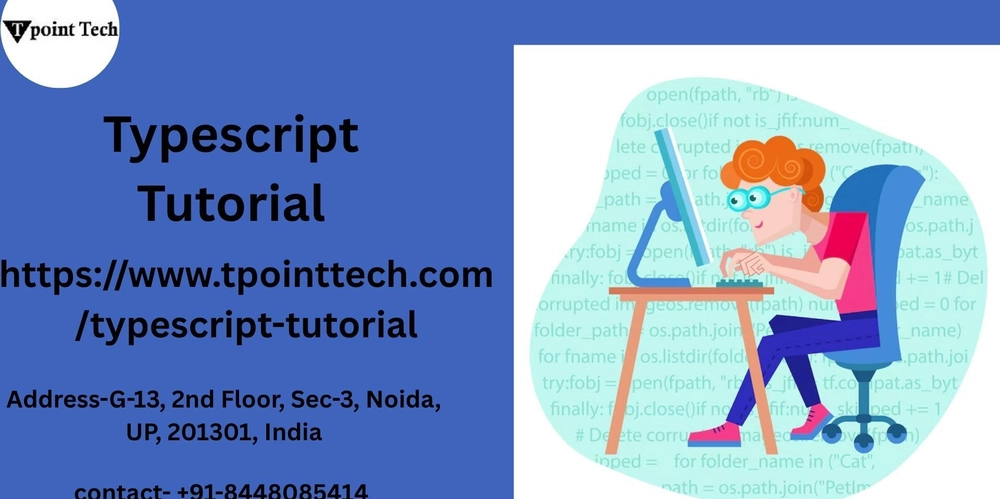
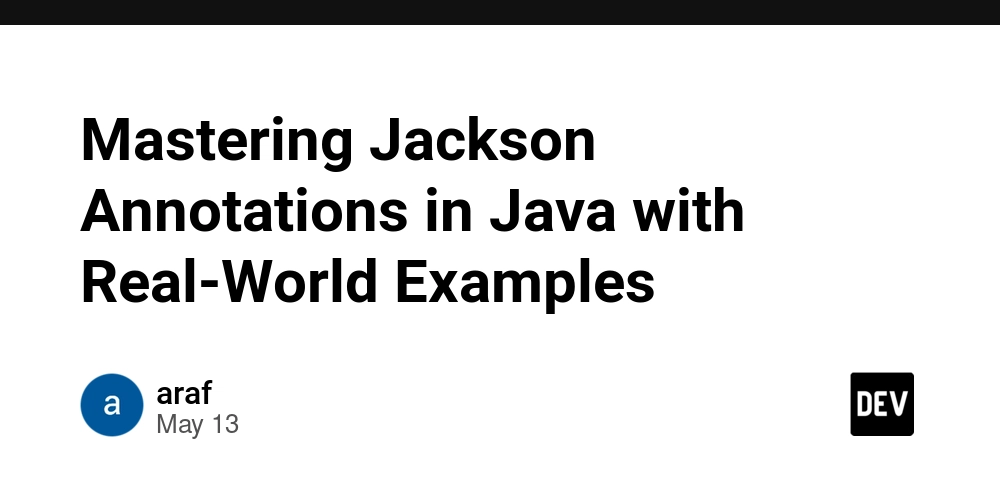













































![Ditching a Microsoft Job to Enter Startup Purgatory with Lonewolf Engineer Sam Crombie [Podcast #171]](https://cdn.hashnode.com/res/hashnode/image/upload/v1746753508177/0cd57f66-fdb0-4972-b285-1443a7db39fc.png?#)



























































































